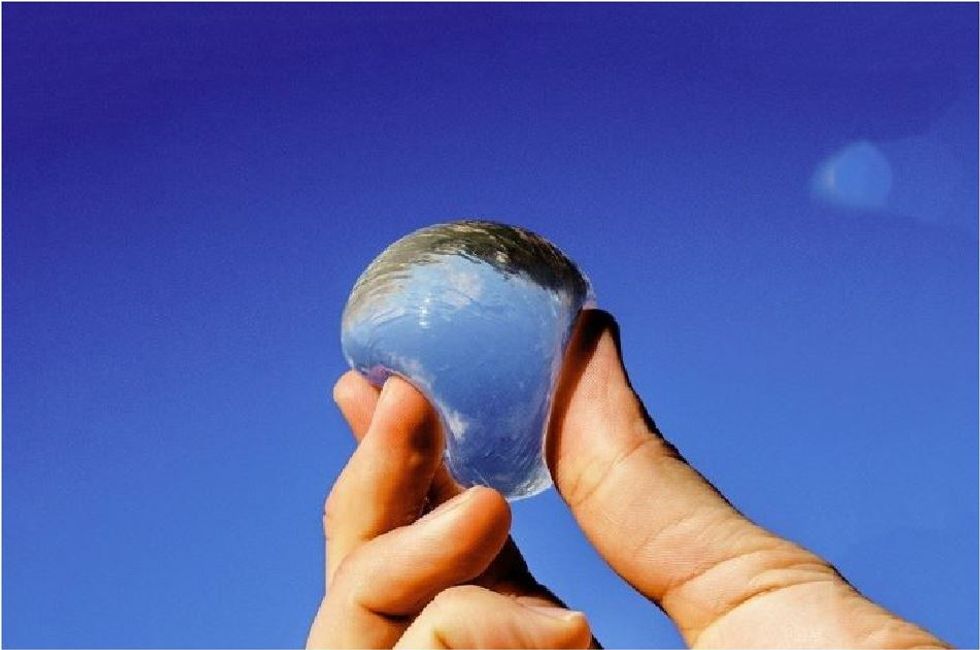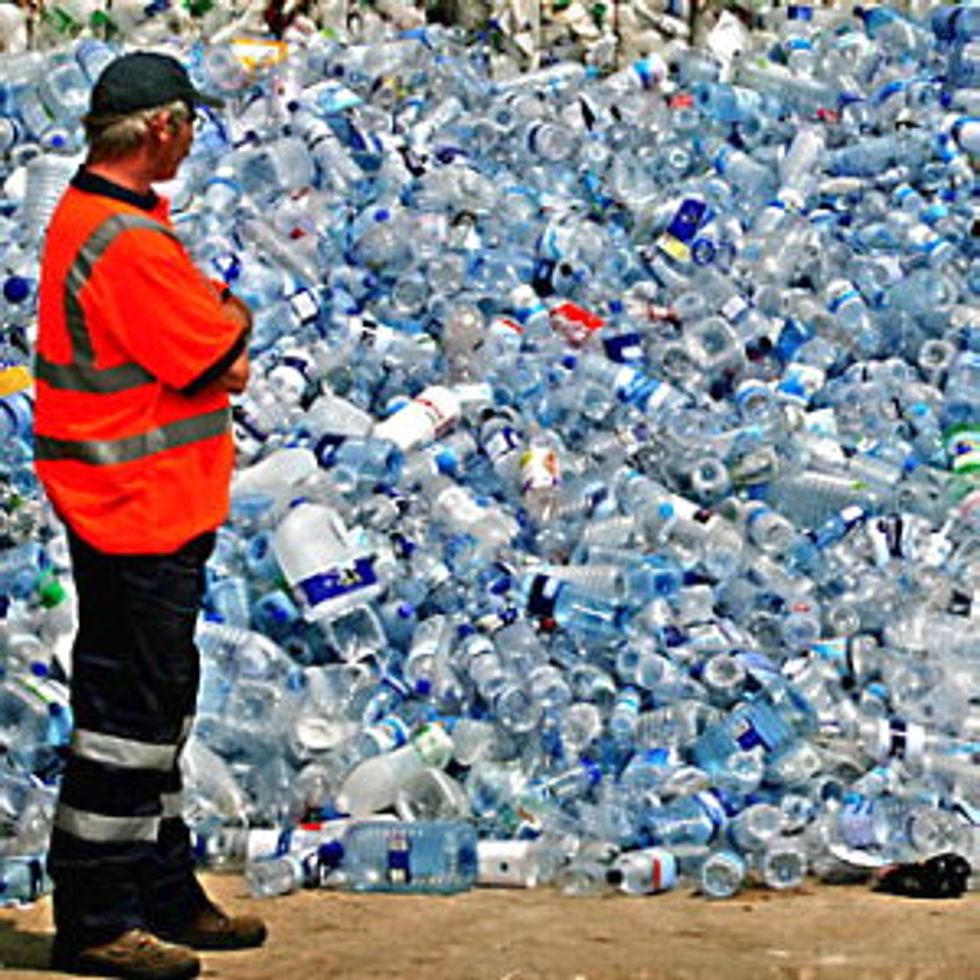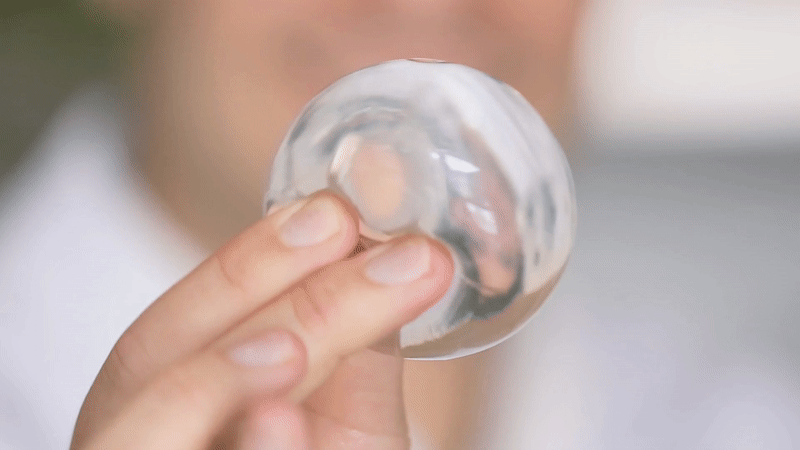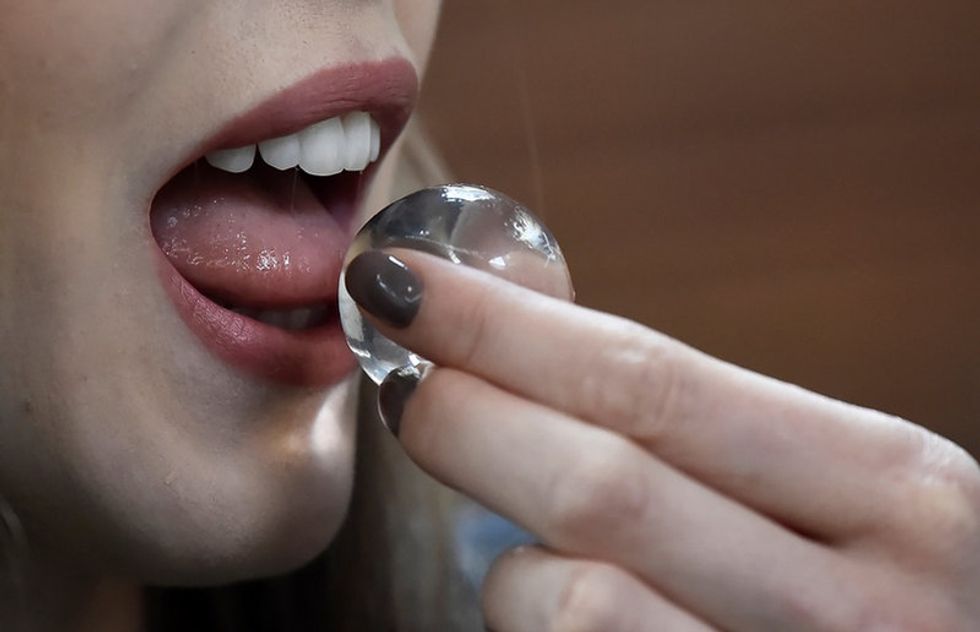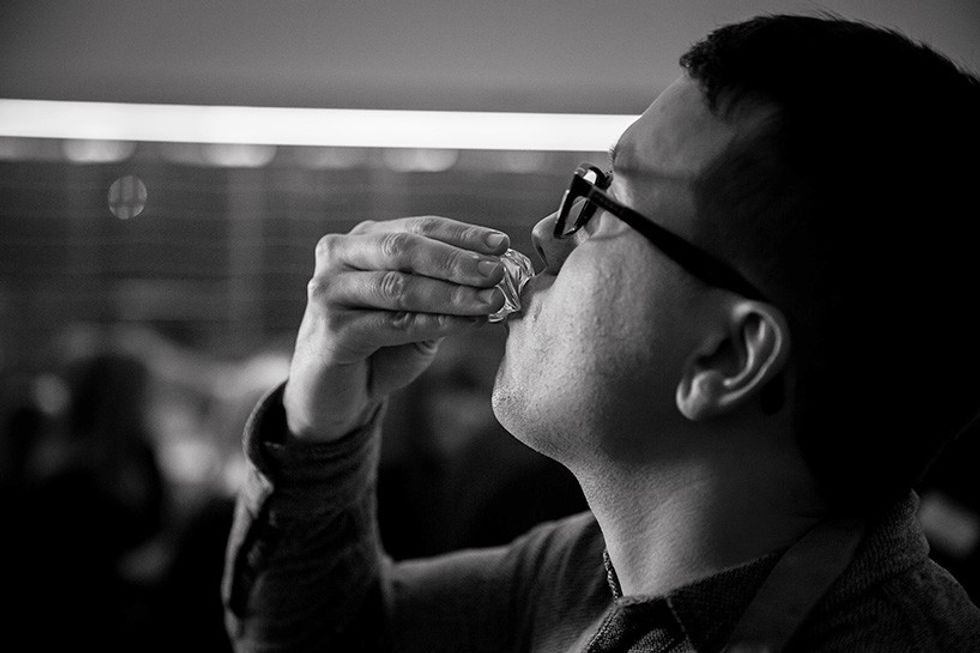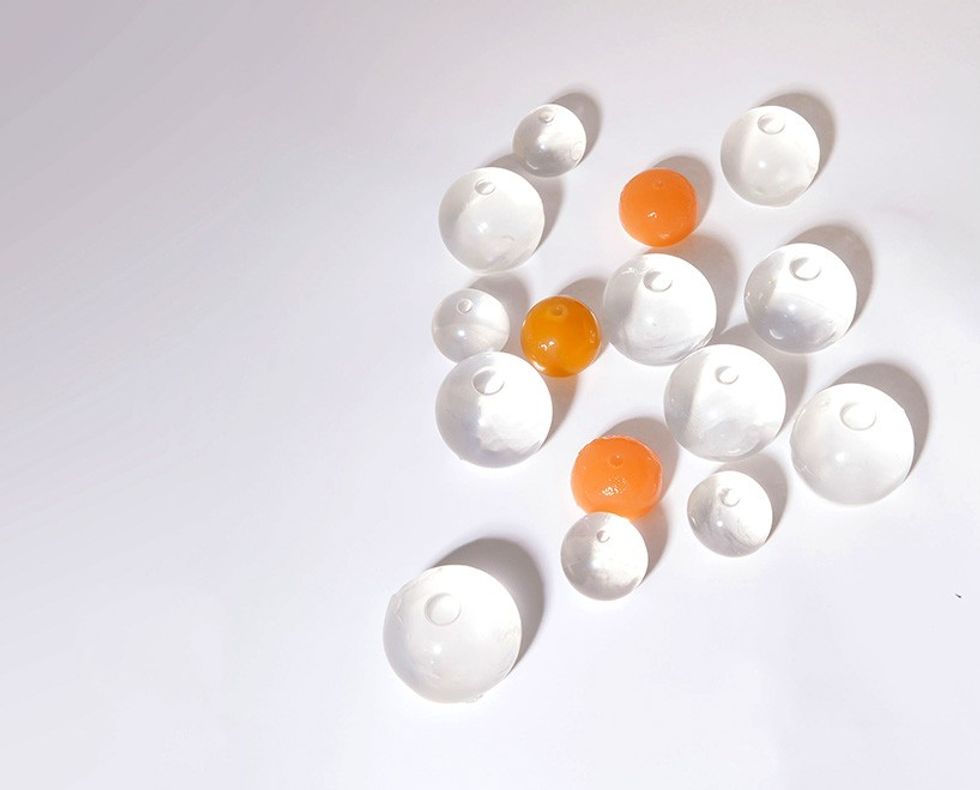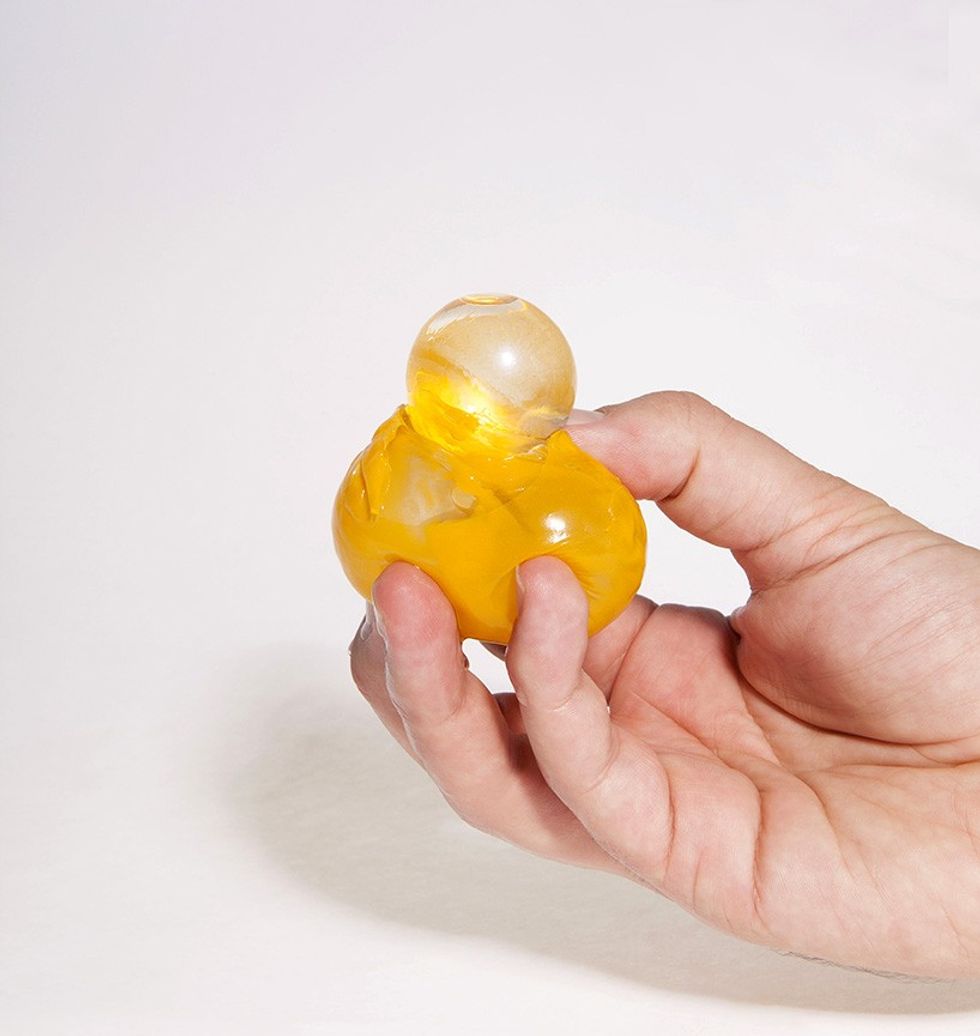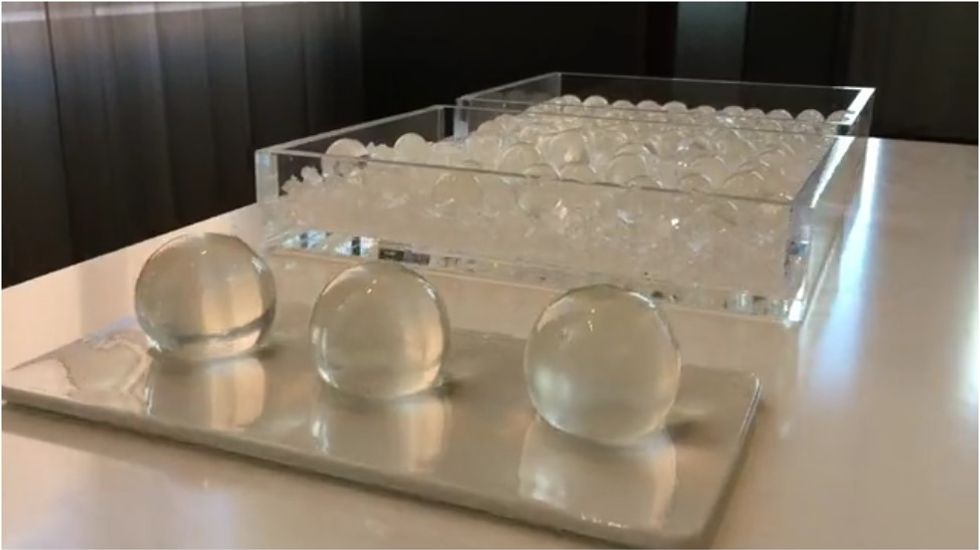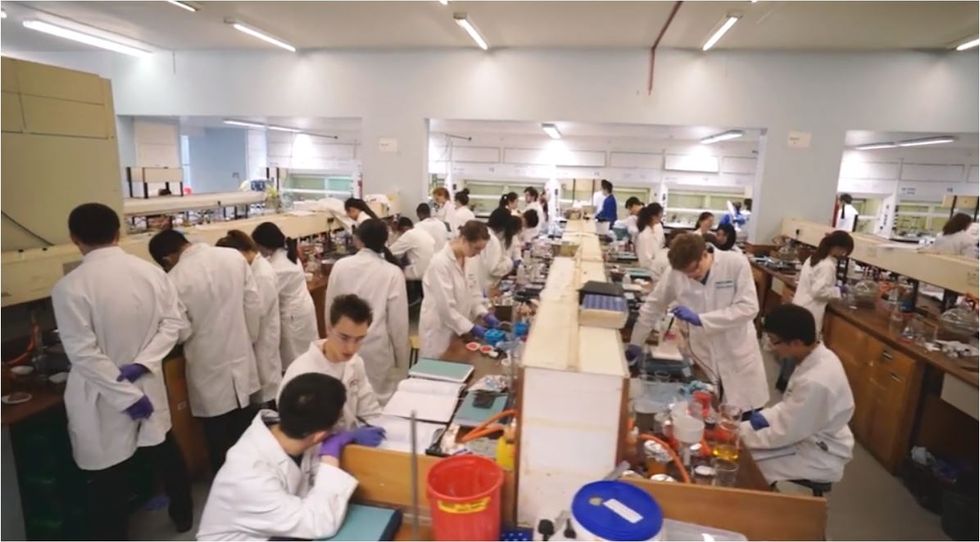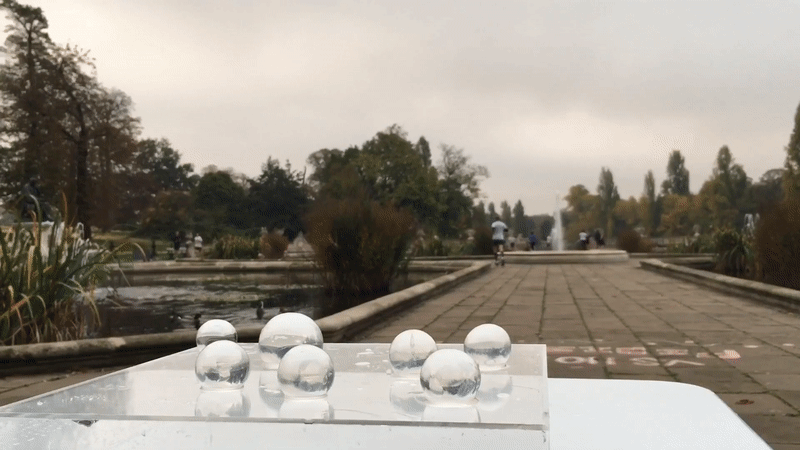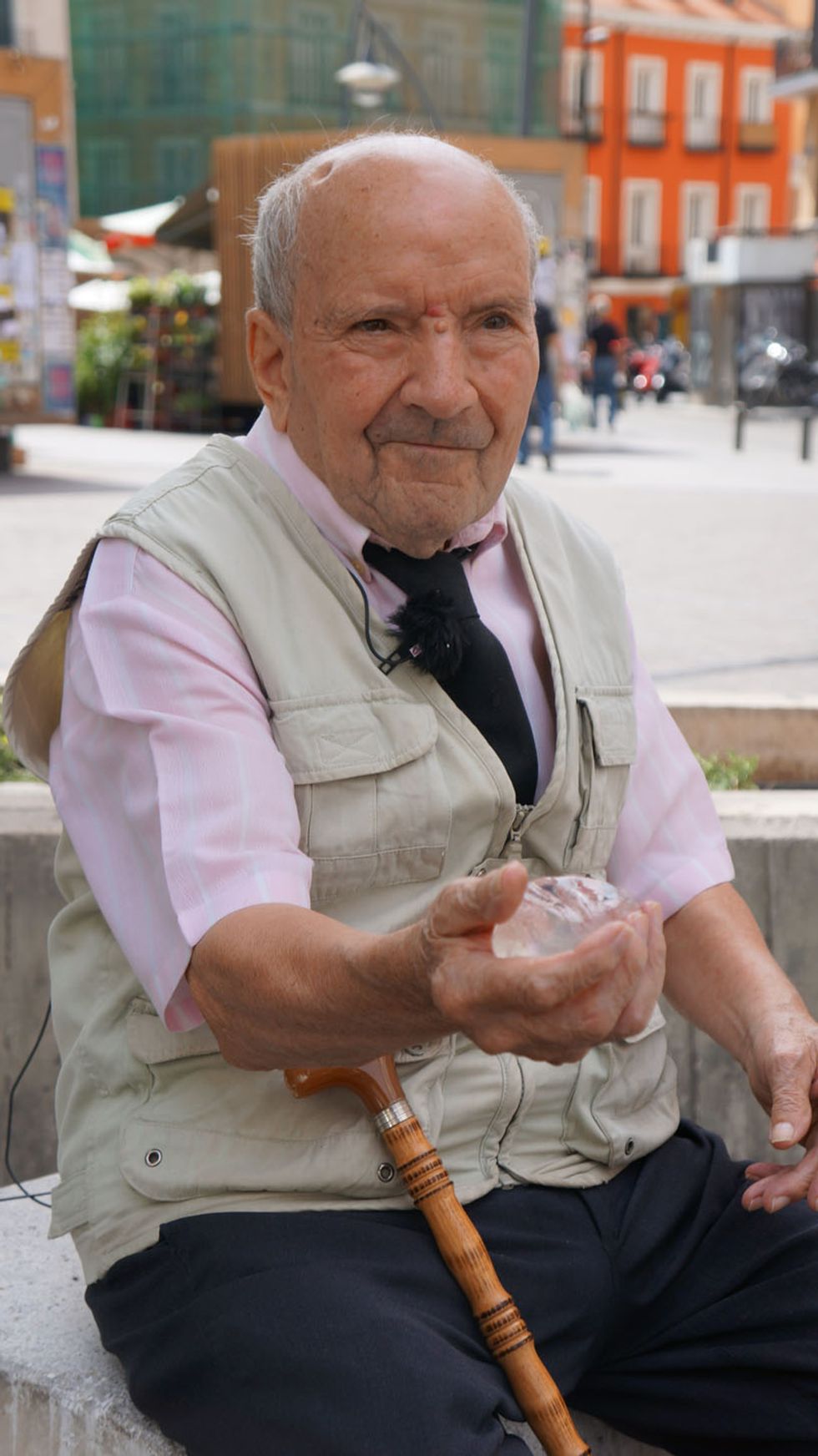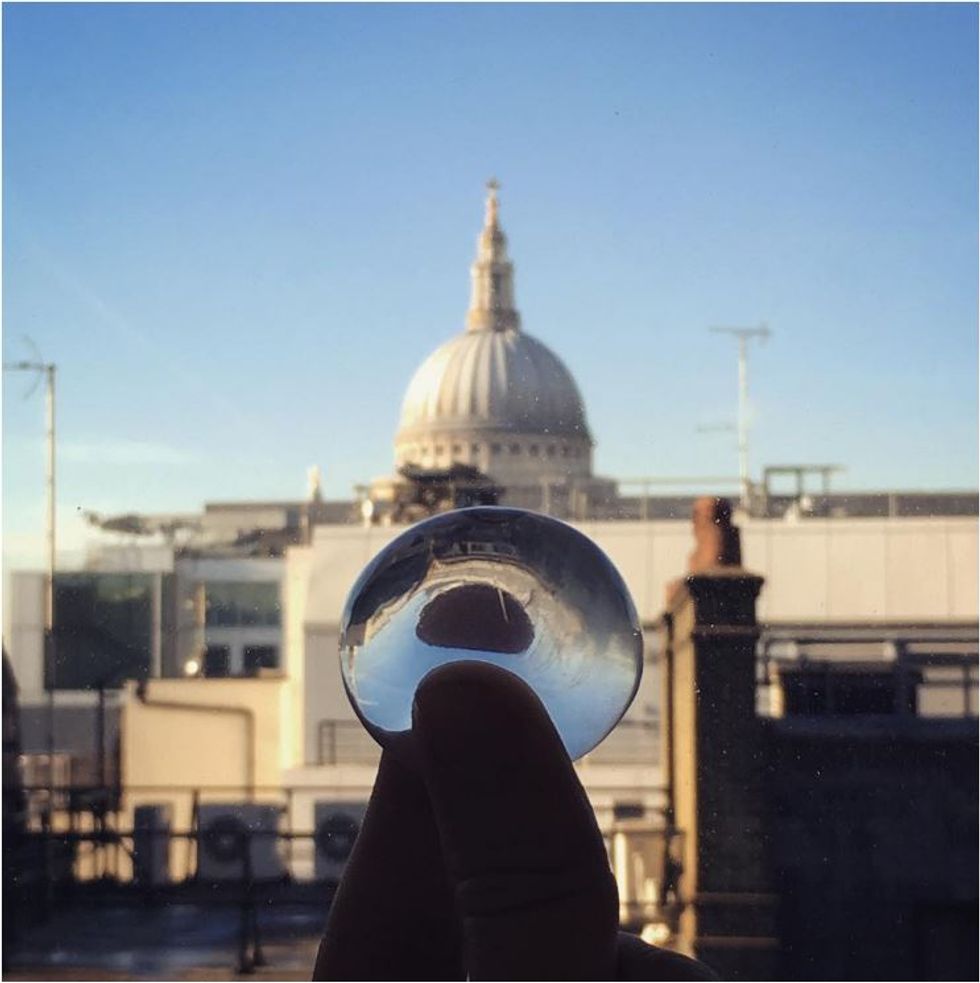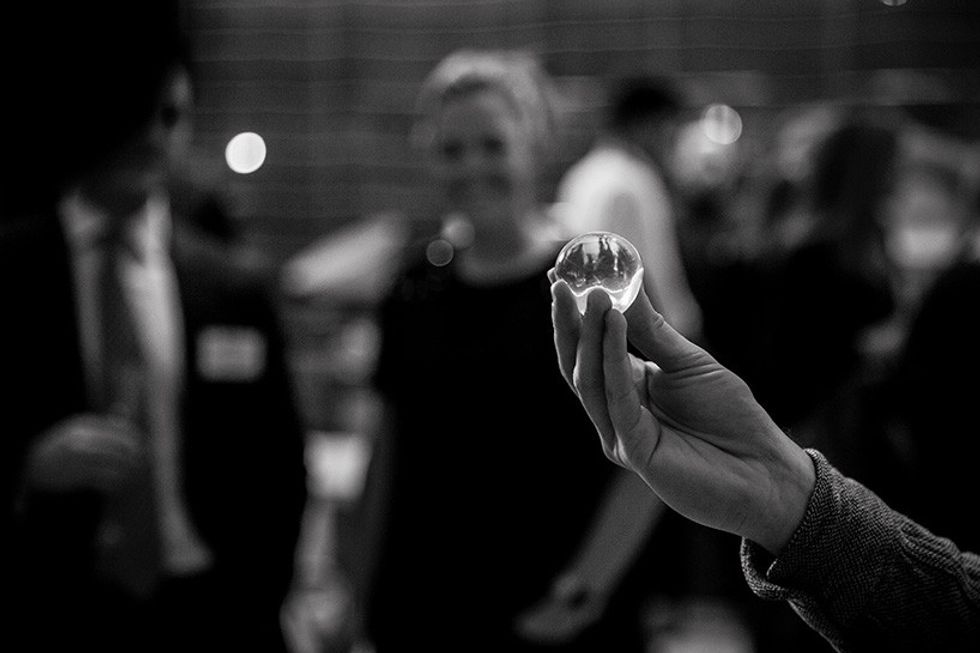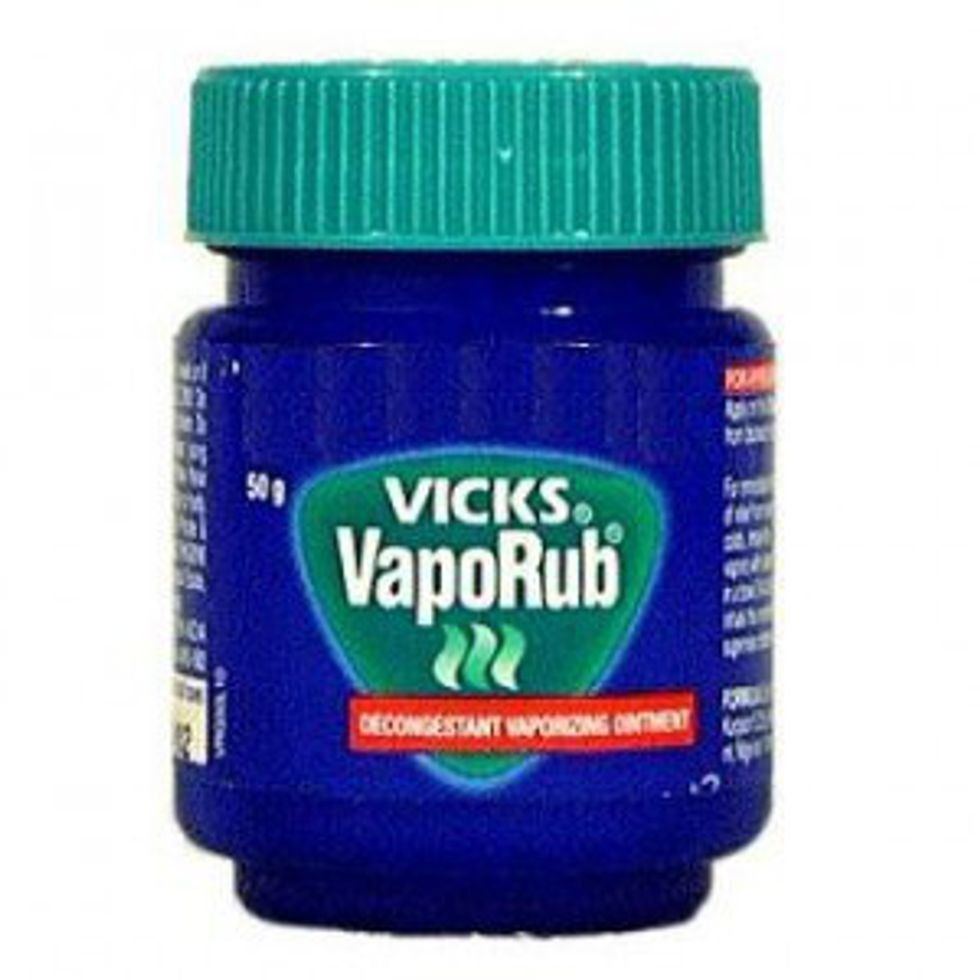Not only does the use of disposable plastic water bottles hurt your wallet, it also increases pollution, wastes energy, and surprisingly wastes water. Only 23% of all plastic in America ends up in a recycling bin, meaning over $1 billion worth of plastic is wasted a year. Just the production of water bottles (not including transportation) uses enough oil annually to fuel 1.3 million cars for an entire year, and a single bottle requires three times more water to manufacture than to fill it.
Instead of carrying around a reusable water bottle (which you know you’ll either lose or forget at home, causing the purchase of yet another disposable bottle,) Skipping Rocks Lab has come up with a different solution— edible, biodegradable water bottles.
Taking off in 2013 with their edible water bottle prototype and winning the Lexus Design Award in 2014, the distribution of these water “bottles” is becoming a reality.Inspired by nature, Ooho is harnessing the unique self-cohesive properties of water and attempting to revolutionize the on-the-go water industry. Ooho is a convenient, clear water pod than can either be drunken or eaten. To drink it, you can either peel off the membrane or tear a hole in the membrane with your teeth to pour the water into your mouth. To eat it, you simply pop the whole pod in your mouth. The coating is made from seaweed extract, but is flavorless.
The casing may appear flimsy and frail, but Ooho creator Rodrigo García González, describes the bubble’s casing like that of the skin of a fruit. The membrane packaging biodegrades in four to six weeks, like a piece of fruit. The membrane can come in different flavors, colors, and can be used to package other drinks as well.
One problem the scientists and designers at Skipping Rocks Lab have run into is how to ship large amounts of Ooho bubbles without arriving with a very wet truck. In 2014, González said they were attempting to package units of individual Ooho bubbles together inside a larger and thicker membrane, similar to the ones found around the smaller spheres.
To create these bubbles, the Ooho team uses a revised version of spherification, an old culinary technique. Balls of ice are dipped into a solution made of calcium chloride, which forms a gelatinous layer. The ball is then soaked in a brown algae extract solution, creating a reinforcing membrane. The longer the pod is soaked, the more durable and thick the casing becomes. By encasing balls of ice instead of water, the team is able to create larger spheres and keep the water from being contaminated by the membrane solution.
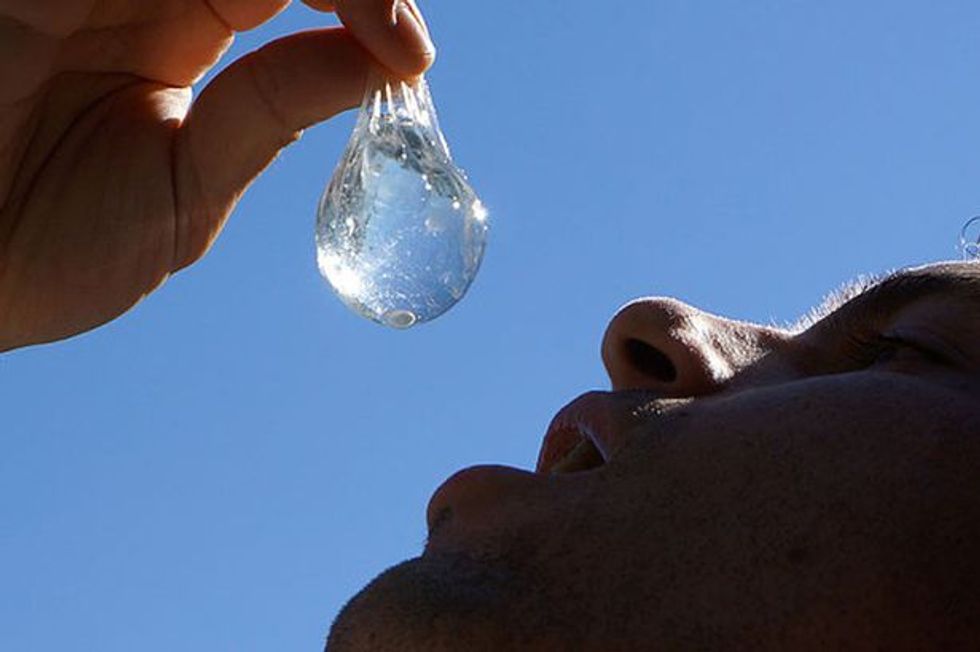
significantly cheaper than plastic bottles.
The team has also been selling Oohos in London for the past six months at pop-up stands and has signed their first commercial license. The team is in contact with event organizers, like Live Nation and Virgin Sports, to run pilots in 2017 and major events in 2018.
Ooho is catching many people's attention and has raised over $1 million and gained 1,000 investors in only three days. It is mostly being sold at events at the moment to keep the consumer's interest while the fully-automated production machine is getting up and running. Ooho has appeared at events in London, San Francisco, Boston, at private functions, conferences, festivals, and personal pop-ups.
Ooho is quickly making a rise, so keep an eye out this year for these hydration pods of the future.

